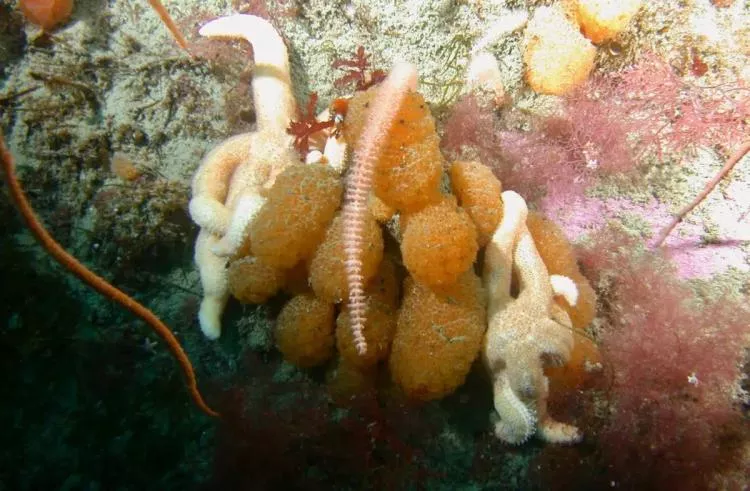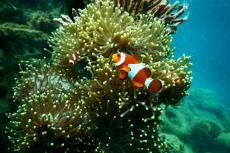Possible cancer drug discovered in a sea squirt
Could the cure for melanoma—the most dangerous type of skin cancer—be a compound derived from a bottom-dwelling sea squirt?
A naturally produced melanoma-fighting compound called "Palmerolide A" has been found in a microbe that lives in Synoicum adareanum, a species of ascidian common to the waters of Antarctica's Anvers Island archipelago, where it grows in small colonies.
Ascidians, or "sea squirts," are primitive, sac-like marine animals that live attached to ocean bottoms around the world, and feed on plankton by filtering seawater.
To survive in the harsh and unusual environment of the Antarctic seafloor, ascidians and other invertebrates such as sponges and corals have developed symbiotic relationships with microbes that play a role in photoprotective pigments, bioluminescence and chemical defenses.
While Palmerolide A was isolated from the ascidians, researchers believe that the compound is produced by bacteria that are naturally associated with S. adareanum.



























